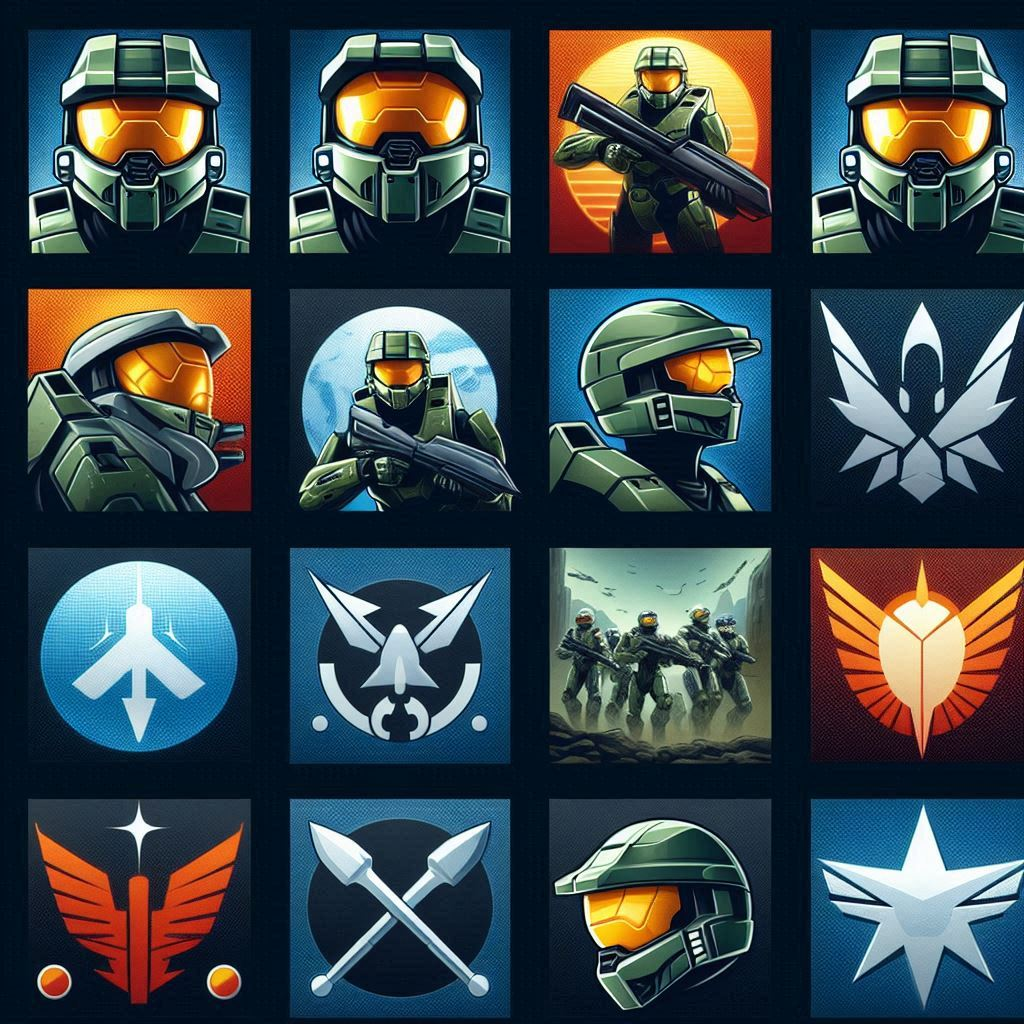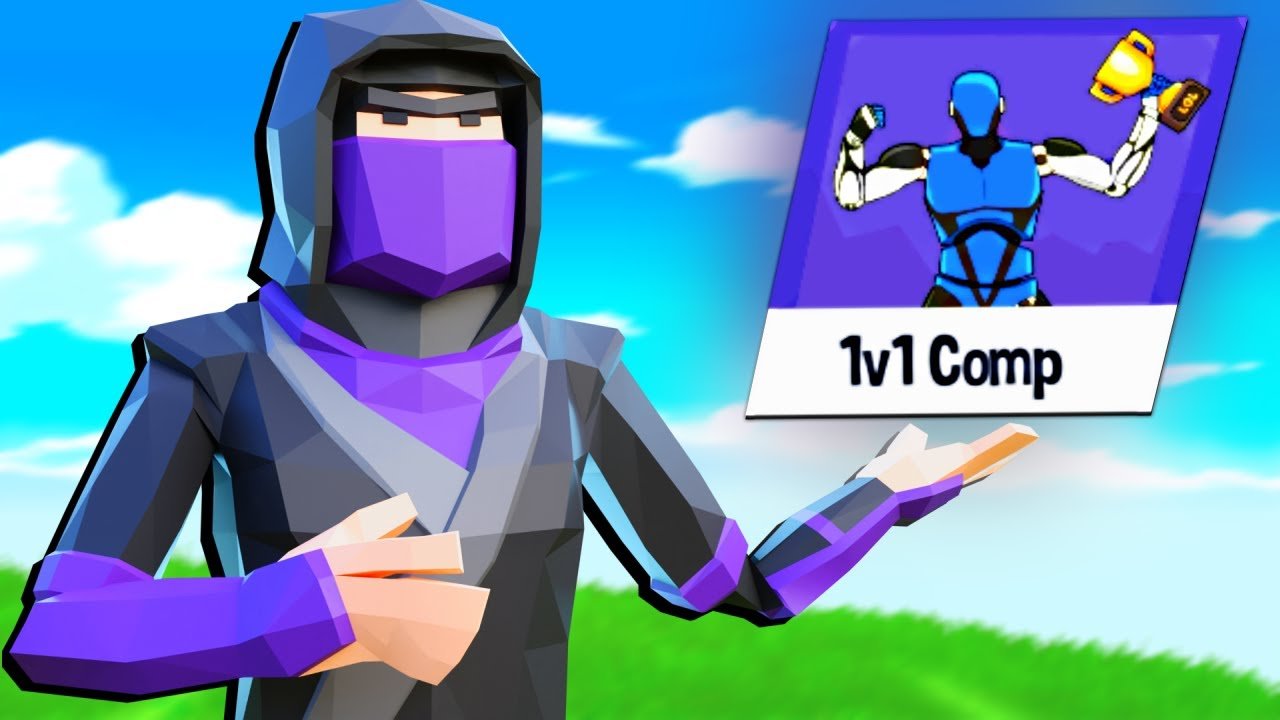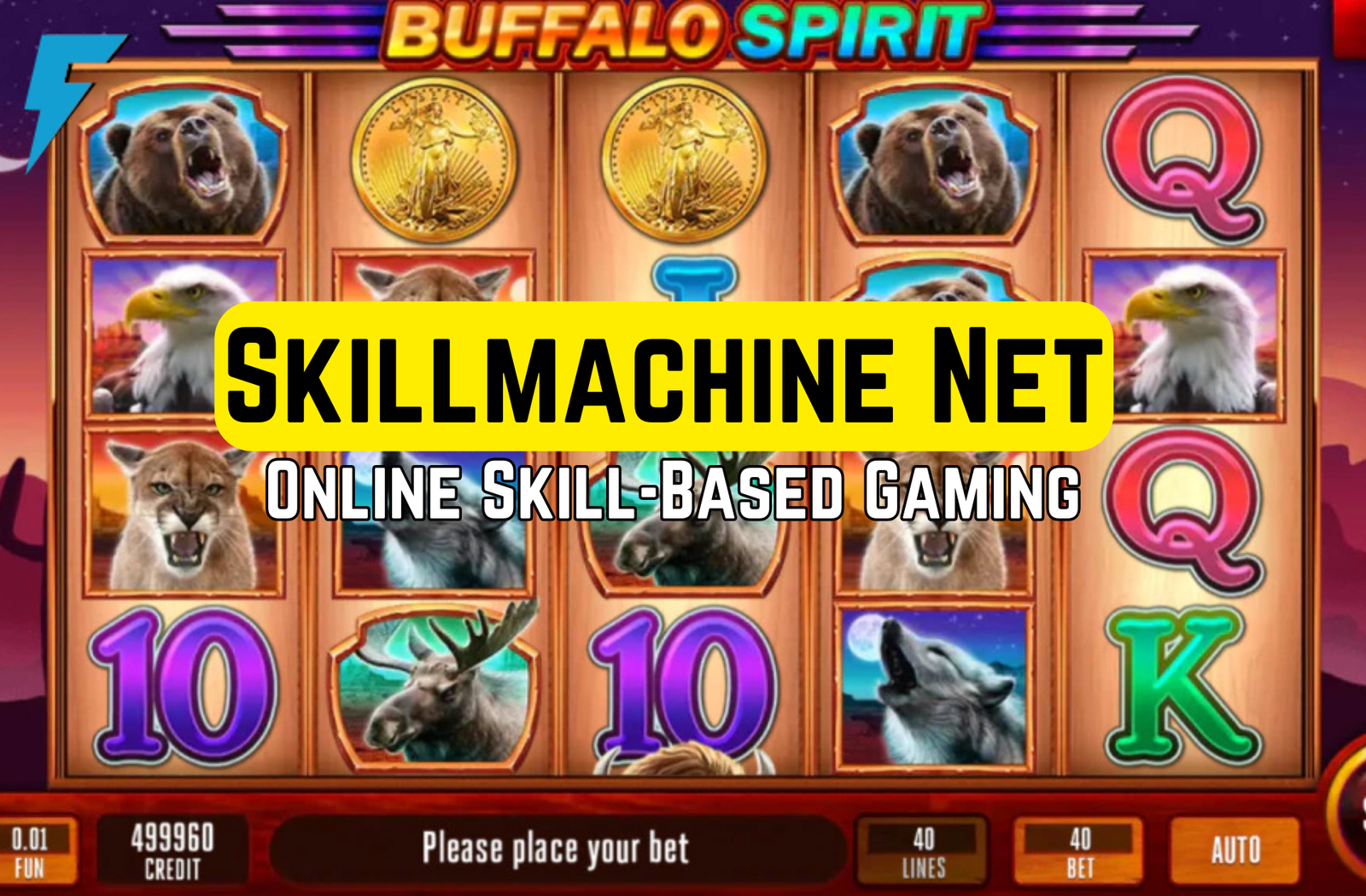Table of Contents
(Halo (2003) Game Icons Banners) The release of Halo: Combat Evolved marked a monumental moment in gaming history. By 2003, the Halo franchise had firmly established itself as a cultural phenomenon, inspiring a wave of fan art, community contributions, and custom graphics. The icons and banners associated with Halo during this period became not just identifiers of the game but also emblems of creativity, passion, and a thriving gaming community.
The Origin of Halo Game Icons
(Halo (2003) Game Icons Banners)
Icons are integral to a game’s branding, and Halo was no exception. With its sleek sci-fi aesthetic, the Halo: Combat Evolved icons represented the game’s interstellar themes and military undertones.
The 2003 versions of these icons incorporated recognizable elements: the Halo ring, the silhouette of Master Chief, and the distinct font style of the game’s title. Each design was purposeful, evoking the grandeur of space exploration and the intensity of humanity’s struggle against the Covenant. These icons appeared on desktop shortcuts, promotional materials, and game-related merchandise, becoming a visual shorthand for the Halo experience.

The Significance of Banners in Halo (2003)
(Halo (2003) Game Icons Banners)
Banners were another vital aspect of Halo’s identity in 2003. Often used in online forums, fan sites, and promotional campaigns, these graphics showcased dynamic visuals that captured the game’s action-packed essence.
(Halo (2003) Game Icons Banners) One of the most iconic banners from this era featured Master Chief holding an energy rifle, flanked by the Halo ring and a backdrop of an alien planet. These banners were not just advertising tools—they were a medium through which the Halo community expressed its enthusiasm and devotion to the game. Players would customize and share these visuals, adding their flair and making them personal.
Custom Graphics: A Creative Boom
Community Contributions
(Halo (2003) Game Icons Banners) The early 2000s marked a period of increasing interaction between game developers and their communities. Halo fans quickly embraced the tools available to them, crafting custom icons and banners that celebrated their favorite characters, weapons, and scenes from the game.
Fan-made graphics often featured imaginative reinterpretations of official designs. Some artists created pixel art versions of Master Chief, while others experimented with vibrant colors and abstract renditions of the Halo ring. These contributions enriched the Halo universe, fostering a sense of shared creativity between Bungie and its fanbase.
Official Acknowledgment
Bungie, the developer of Halo, recognized the value of fan-made art. The company occasionally showcased standout custom graphics in its community updates, encouraging fans to continue their creative endeavors. This acknowledgment not only validated the artistic efforts of the community but also solidified Halo’s reputation as a franchise that valued its players.
The Artistic Elements of Halo Graphics
(Halo (2003) Game Icons Banners)
The custom graphics and art of Halo (2003) stood out for their distinct artistic choices. Key elements included:
- Futuristic Fonts: The typography used in both official and fan-made designs was sleek and modern, reflecting the sci-fi nature of the game.
- Dynamic Compositions: Banners often depicted action-packed scenes, such as Master Chief battling Covenant forces or navigating alien landscapes.
- Color Schemes: A mix of metallic tones, deep blues, and vibrant greens became synonymous with Halo’s visual identity, representing the futuristic setting and the natural beauty of the Halo ring.
Halo Graphics in Online Spaces
(Halo (2003) Game Icons Banners)
In 2003, online gaming communities were thriving, and Halo players embraced the opportunity to showcase their fandom through custom graphics. Icons and banners became staples of gaming forums, personal websites, and early social media profiles.
These visuals served as more than just decorations—they were declarations of allegiance to the Halo franchise. Whether it was a minimalist icon of the UNSC logo or a detailed banner featuring an epic battle, these graphics helped players connect and celebrate their shared love for the game.
The Role of Icons and Banners in Halo (2003)
(Halo (2003) Game Icons Banners)
Icons and banners play a critical role in defining a game’s identity. For Halo (2003), these visual elements were more than mere decorations—they were powerful symbols that encapsulated the game’s themes, characters, and interstellar narrative. In the early 2000s, gaming icons served as essential touchpoints for branding, helping to distinguish Halo from other games in an increasingly crowded market.
The banners, often used in promotional material, online forums, and fan-made content, featured masterful designs of Master Chief, the UNSC logo, or the Covenant insignia. These visuals weren’t just graphics—they were badges of honor for fans, representing their allegiance to the franchise.

The Evolution of Halo Icons and Banners
Initial Designs and Themes
In 2003, Halo’s visual branding leaned heavily on sci-fi aesthetics and militaristic motifs. The game icons, particularly those for Halo: Combat Evolved, utilized sharp lines, metallic textures, and vibrant contrasts between blue and green, reflecting the alien technology and futuristic landscapes that defined the game.
Meanwhile, banners during this era showcased dynamic action shots. One popular banner displayed Master Chief standing atop a Warthog, his energy rifle gleaming, with the tagline, “Earth Will Never Be the Same.” These images tapped into the emotional resonance of humanity’s fight against the Covenant, cementing Halo’s reputation as a groundbreaking sci-fi saga.
Transition to Online Platforms
As online gaming communities flourished in 2003, Halo icons and banners adapted to digital platforms. Fans used these designs in multiplayer profiles, gaming forums, and early social networks. Gamers proudly displayed custom banners and avatars featuring the Halo logo, Spartan helmets, or their favorite weapons. These visuals allowed fans to express their passion for the game while forging connections with others in the Halo community.
The Artistic Craft Behind Halo Icons
(Halo (2003) Game Icons Banners)
Designing game icons and banners isn’t just about aesthetics—it’s about capturing a game’s essence in a compact form. For Halo (2003), the artists employed a blend of futuristic typography and detailed imagery to craft designs that resonated with players.
For example, the “Halo” title font became instantly recognizable, with its sleek, interstellar feel hinting at the grandeur of space exploration. The subtle glow effect often used in icons added a layer of mystique. When combined with elements like the glowing Halo ring or a silhouetted Master Chief, these designs became timeless.
The Cultural Impact of Halo Icons and Banners
(Halo (2003) Game Icons Banners)
Halo’s icons and banners didn’t just represent a game; they became cultural artifacts. By 2003, the franchise had already cultivated a devoted fanbase, and these visual elements became rallying points. Gamers wore Halo-themed shirts, plastered banners on their websites, and adorned their desktop backgrounds with game icons.
More than that, the simplicity and versatility of the designs allowed them to transcend gaming. For example, the Halo logo became a popular emblem in esports events, fan conventions, and cosplay competitions. The banners, often repurposed as wallpapers or profile backgrounds, allowed fans to carry a piece of the game wherever they went.
Customization and Community Contributions
(Halo (2003) Game Icons Banners)
One of the standout aspects of Halo (2003) was its encouragement of fan creativity. Players took the base designs of the game icons and banners and modified them to suit their styles. This customization culture gave rise to an explosion of fan art, where enthusiasts reimagined Master Chief or the Halo ring in different artistic styles.
Bungie, the game’s developer, embraced this fan-driven creativity by featuring some fan-made banners and icons in community spotlights. This interaction not only deepened the bond between the developers and players but also kept the visual identity of Halo fresh and evolving.

Preserving the Legacy of Halo (2003) Icons
(Halo (2003) Game Icons Banners)
Two decades later, the icons and banners from Halo (2003) still hold a nostalgic charm for gamers. These visuals are now considered classic symbols of a golden era in gaming. Online repositories, fan archives, and Halo anniversary editions have preserved many of these designs, ensuring their legacy endures for future generations.
From forums and LAN parties to high-profile esports tournaments, these icons continue to remind players of the magic that Halo brought to the gaming world. They are a testament to the lasting power of well-crafted visuals in defining a game’s identity.
The Enduring Legacy
(Halo (2003) Game Icons Banners)
Even decades later, the icons and banners from Halo (2003) remain beloved by fans. They are more than nostalgic reminders—they are enduring symbols of a time when gaming culture was evolving, and community creativity was thriving. Many of these graphics have been preserved in digital archives, allowing new generations of Halo fans to appreciate the artistry and passion that defined this era.
From fan-made banners to official promotional icons, the visual identity of Halo in 2003 continues to inspire artists, gamers, and designers alike. The fusion of custom graphics and art not only captured the spirit of the game but also solidified its place in the annals of gaming history.
Frequently Asked Questions
1. What are Halo (2003) game icons?
Halo (2003) game icons are visual representations, such as desktop shortcuts or profile images, featuring elements from the Halo universe, like Master Chief, the Halo ring, or the UNSC logo.
2. What were the Halo (2003) banners used for?
The banners were used for promotional purposes, fan sites, and online profiles. They often depicted dynamic scenes or key elements from the game, helping to build the Halo brand.
3. Did Bungie support fan-made Halo graphics?
Yes, Bungie encouraged fan creativity by featuring standout custom designs in community updates, fostering a collaborative relationship with players.
4. How did fans customize Halo banners?
Fans used tools like image editing software to add their unique flair to existing designs or create entirely new banners inspired by the Halo universe.
5. Are Halo (2003) icons and banners still available?
Yes, many of the original and fan-made graphics are preserved in online archives and Halo community forums, allowing fans to revisit and use them.
Also read…Discover Trendy Styles at Fashionisk .com – Your Ultimate Fashion Destination





